TVS Eurogrip Protorq Extreme Tyres Review
Detailed test review of the latest generation of TVS Eurogrip Protorq tyres made for the entry-sport machines
Detailed test review of the latest generation of TVS Eurogrip Protorq tyres made for the entry-sport machines
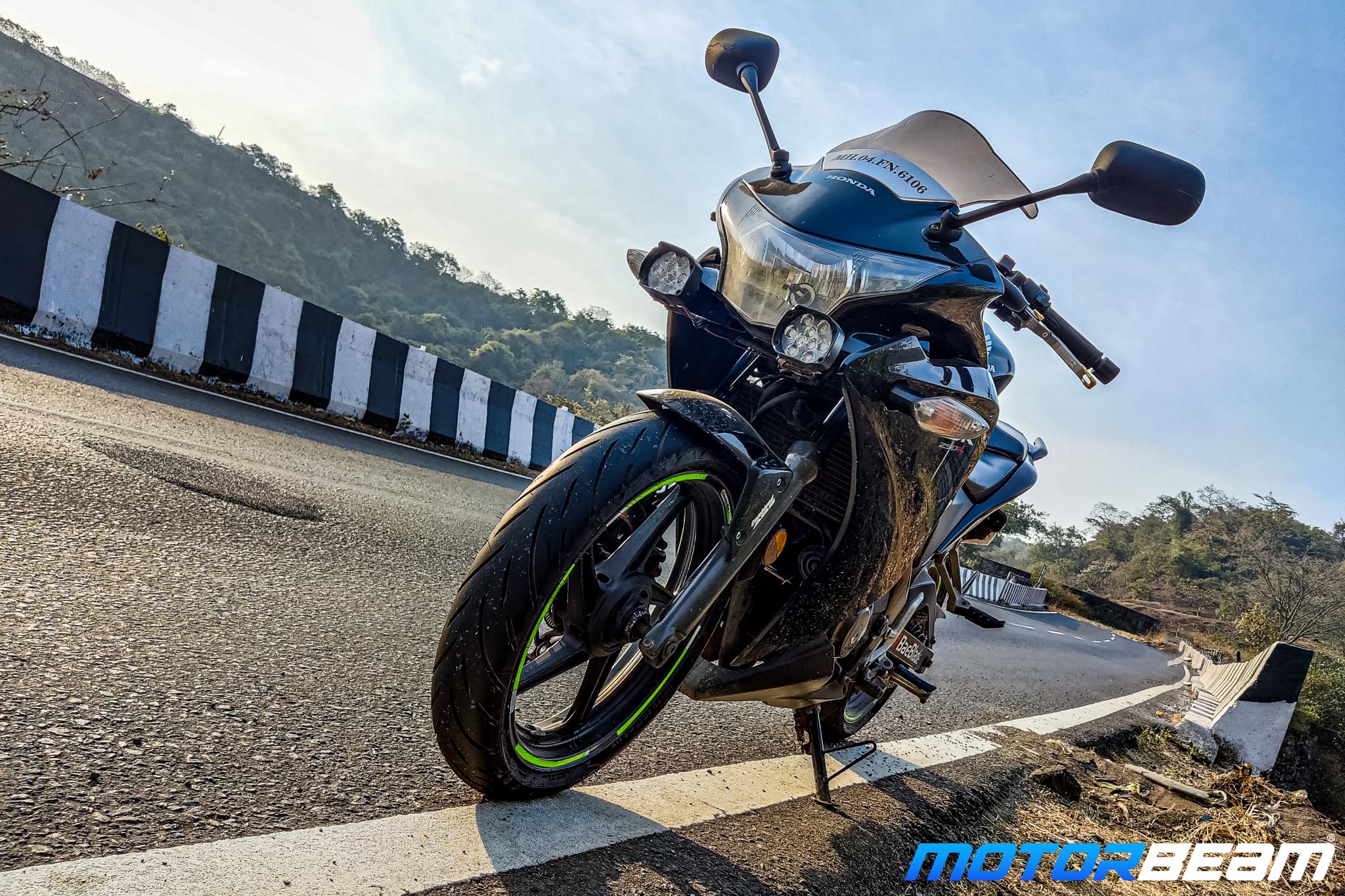
Tyres Tested: TVS Eurogrip Protorq Extreme HF & HR
Tyre Size: 110/70/17 (Front), 150/60/17 (Rear)
Test Bike: Honda CBR250R
Test Started At: 26,900 kms
Test Ended At: 30,453 kms
Kilometres Tested: 3553 kms
Price: Rs. 5000/- (Front), Rs. 6000/- (Rear)
The TVS Eurogrip Protorq tyres provided excellent grip and added a lot of confidence while riding on the road
For the first time around we saw TVS Protorq tyres, was in 2017 at the TVS Srichakra Plant in Madurai. We got a chance to test them out on their test track but that was for a very small duration. Post that we didn’t see any update for a year while the team supposedly worked on getting the tyres ready for commuter motorcycles. In 2019, we saw the tyres again at the MMRT race track. And yes, they were mounted on the race-spec TVS Apache RR 310 and there was literally no chicken strips left on them. The in-house racers at TVS were belting out these tyres to the core which got me thinking about how they would perform on the road.
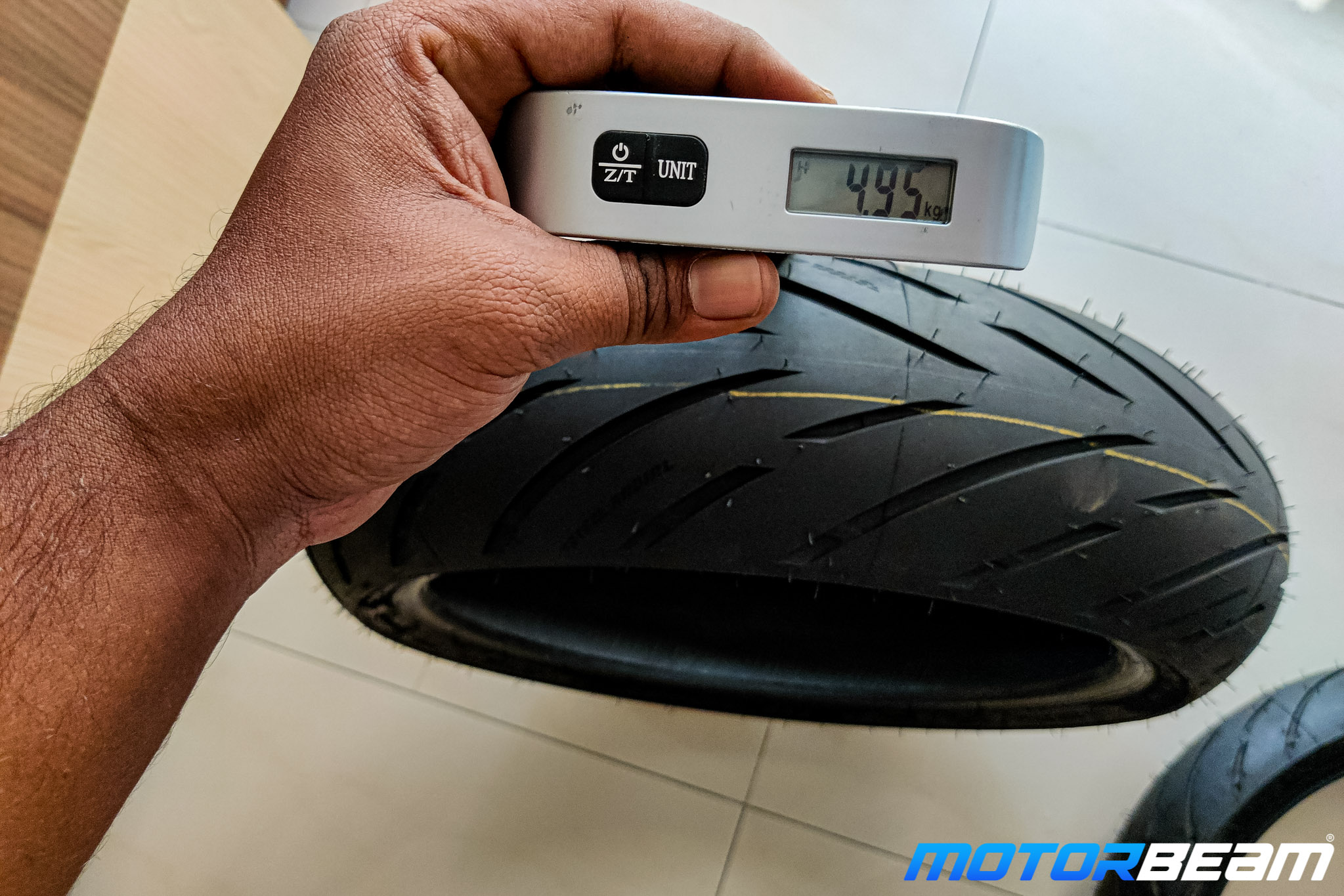
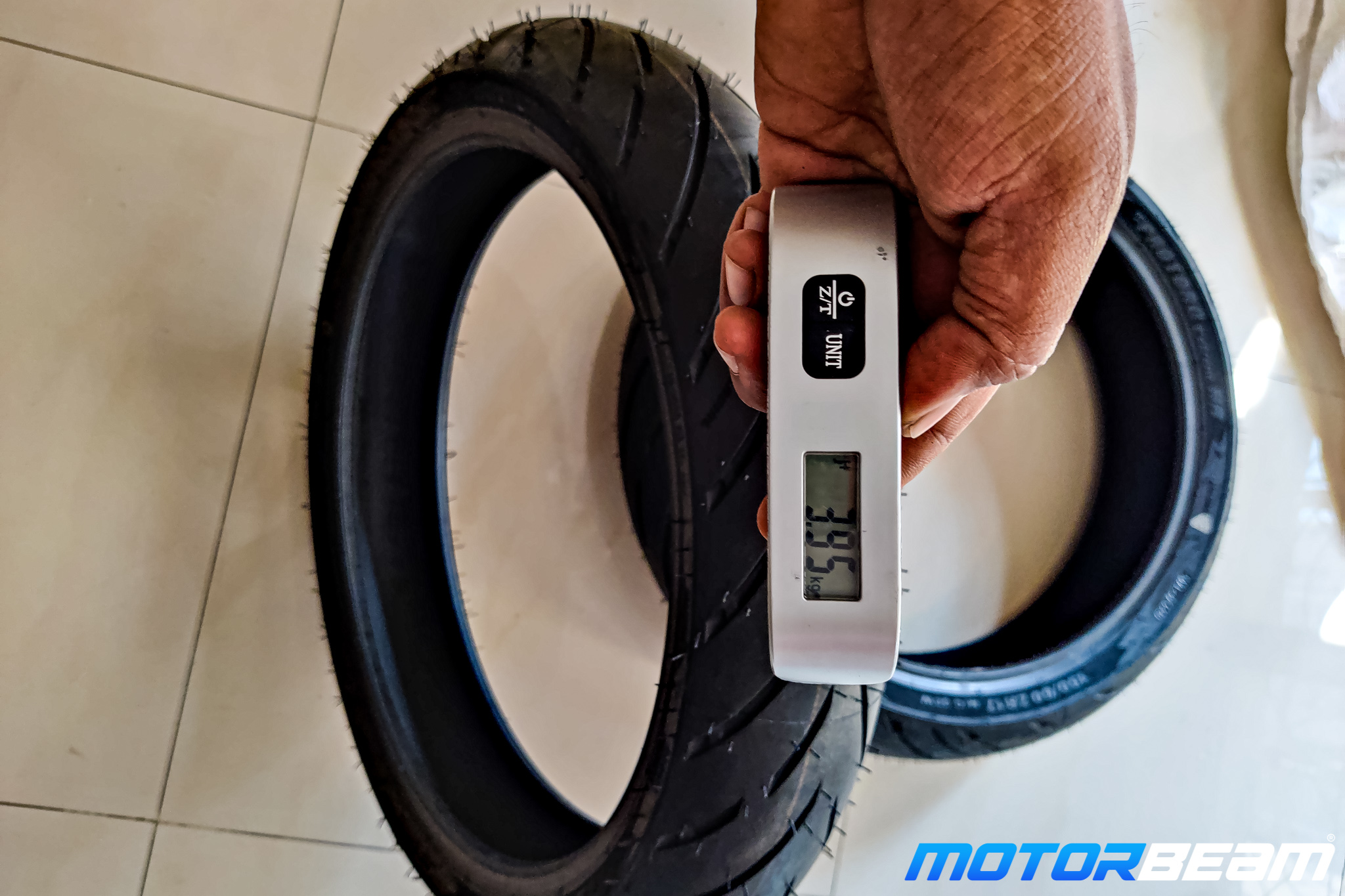
When I connected with the TVS Eurogrip tyres team present on the track, they said that these races are perfect to test the limits of the tyres. And looking at the performance they were confident that these tyres would work really well on our Indian roads too. Due to lockdown, they couldn’t send us the tyres immediately but better late than never we got it right after the new year. And the first thing I did was measure the weight of the tyres. At 3.95 kgs, the front seemed slightly heavy but at 4.95 kgs the rear tyre was lighter than my ongoing set. Which meant lesser rolling weight and probably more efficiency? We were about to find that out.
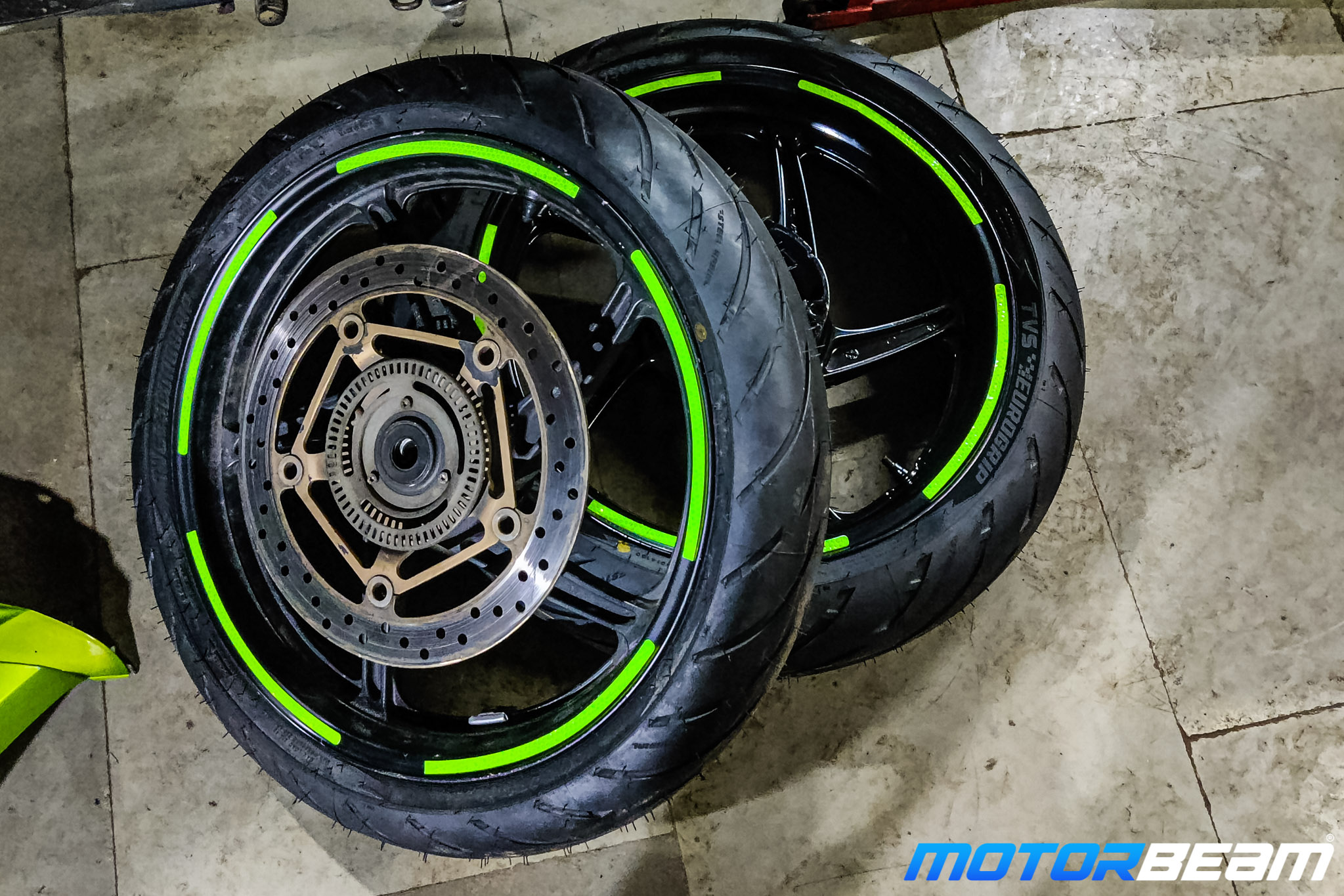
Once the fitment was done I started riding my motorcycle daily to get the normal run-in done for at least 500 kms. The first thing I noticed that since the rear tyre was an upsize from 140/70 to 150/60, the tail felt slightly higher than normal while the front was just perfect. As recommended, I was maintaining the normal tyre pressure and getting it checked every 3 days. Not once did it leak any pressure. After completing 500 kms I let the CBR rest for a few days and check specifically if the pressure comes down. After 6 days of not riding the motorcycle, the pressure had come down by just 1 PSI on both the tyres, which was expected. Since I couldn’t hold back I did go for a weekend ride the next day and did at least a 250 kms trip.
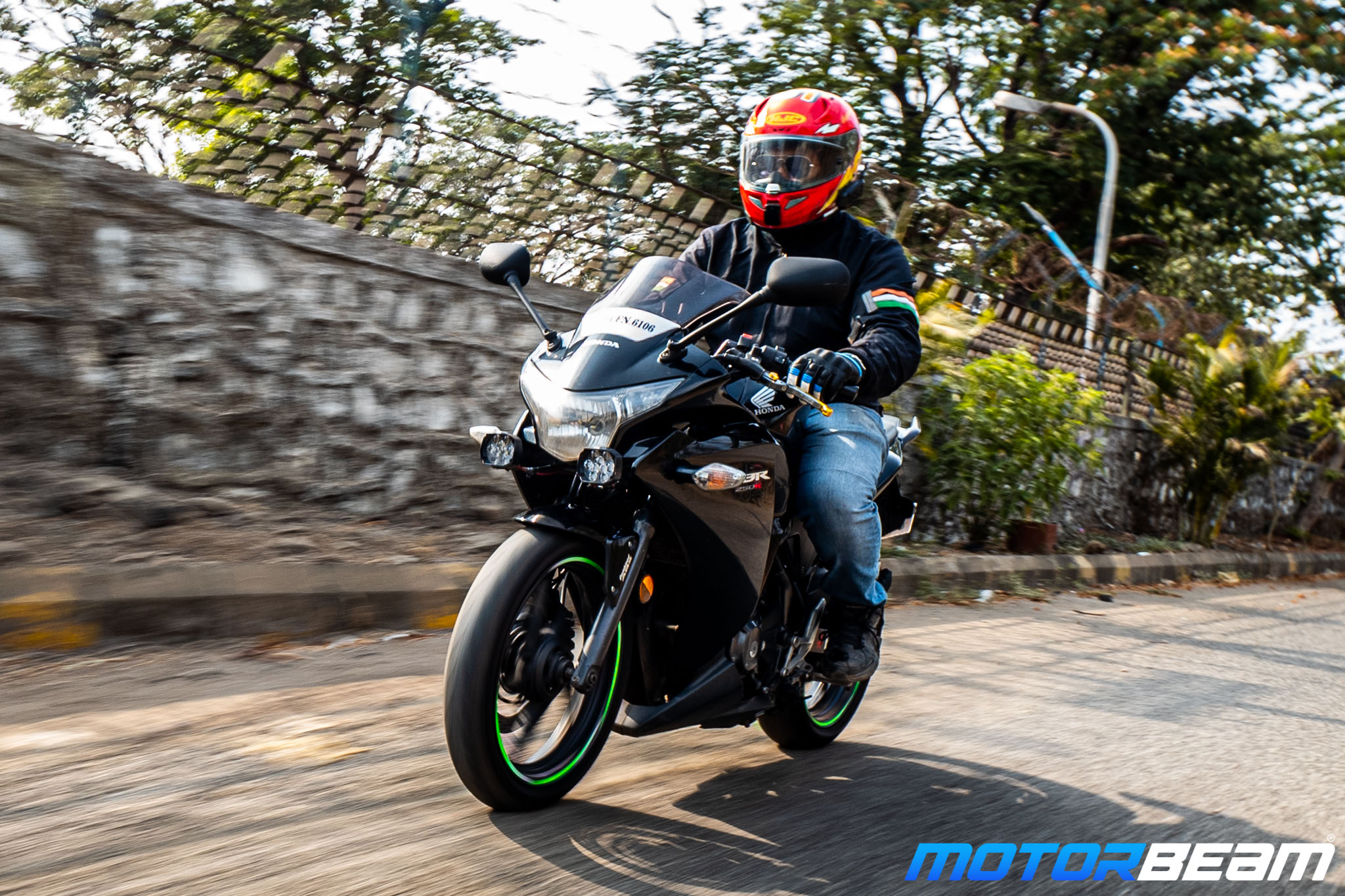
The trip was great and I was riding continuously at speeds above 100 km/hr for most of the time. My average speed was 87 km/hr which means I was actually riding quick and the tyres didn’t break a sweat! They were gripping just as well on our typical highway roads which keeps surprising us with dust, water and unnecessary rumblers. Since I had completed almost 750 kms on the tyres, they were ready to go for a long haul. But due to the restrictions, I kept riding alternatively for another month and completed 1200 kms before we planned for a long trip. Do note that I had taken my motorcycle on the worst of roads possible and it didn’t have a single puncture, this was pretty amazing to see.
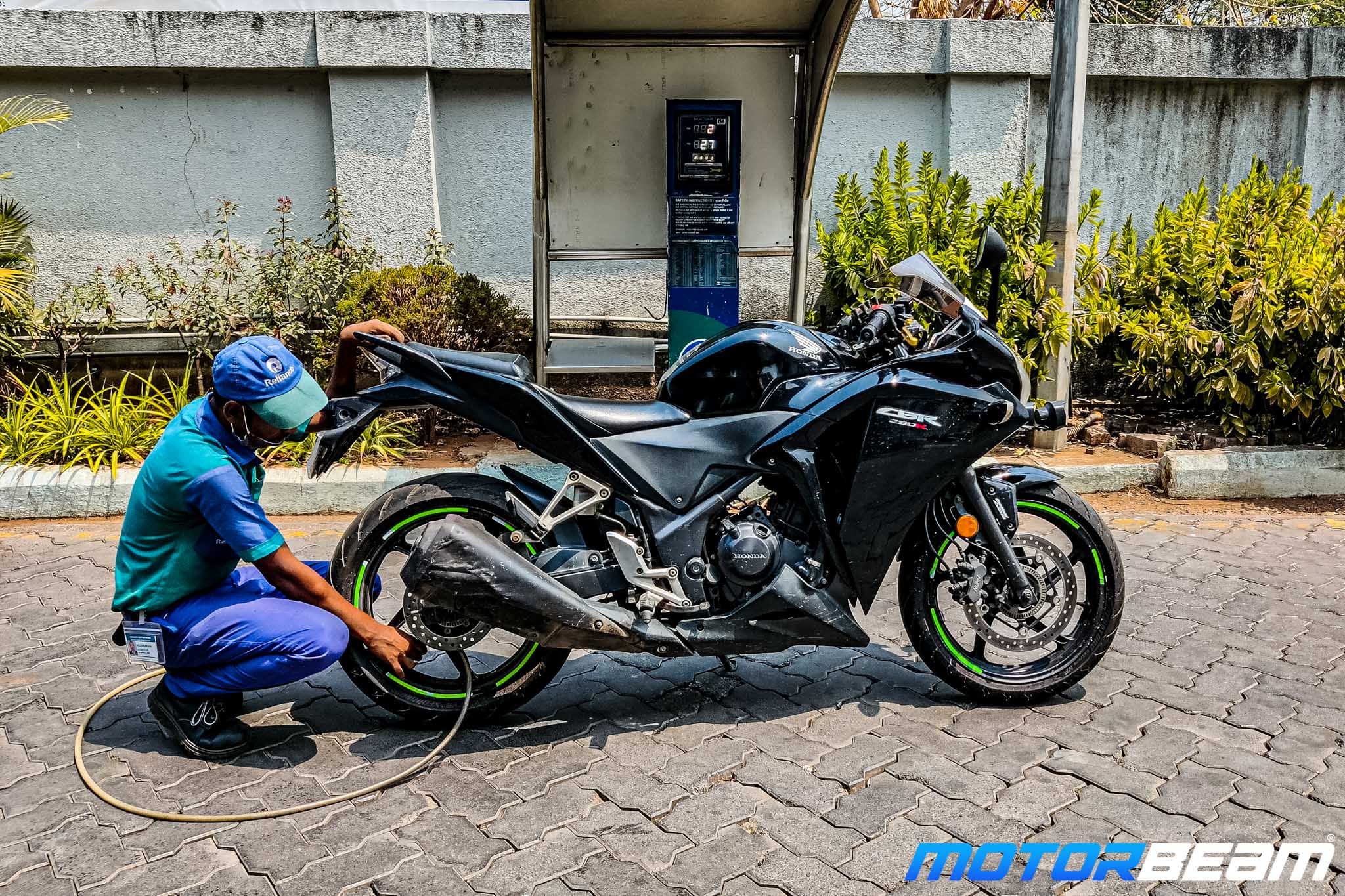
Even after being radial, the optimized tread pattern made sure we don’t hear the unwanted tyre noise
For my daily commute, I would get close to 29 km/l from my older set of tyres while the number did improve on the new set but by just 1 km/l. So as we got ready for our first road trip for 2021, the destination was the most common, but the route wasn’t. Yes, we were going to Goa but via a completely different route. The first leg was from Mumbai to Sangli as we would head to a friend’s place for a pitstop and we didn’t want to push more than 400 kms as half of the group was riding this long after almost 15 months. At a stretch, I could do 250 kms without hitting the reserve but for the first time, there were still 2 bars left at our first refuelling stop.
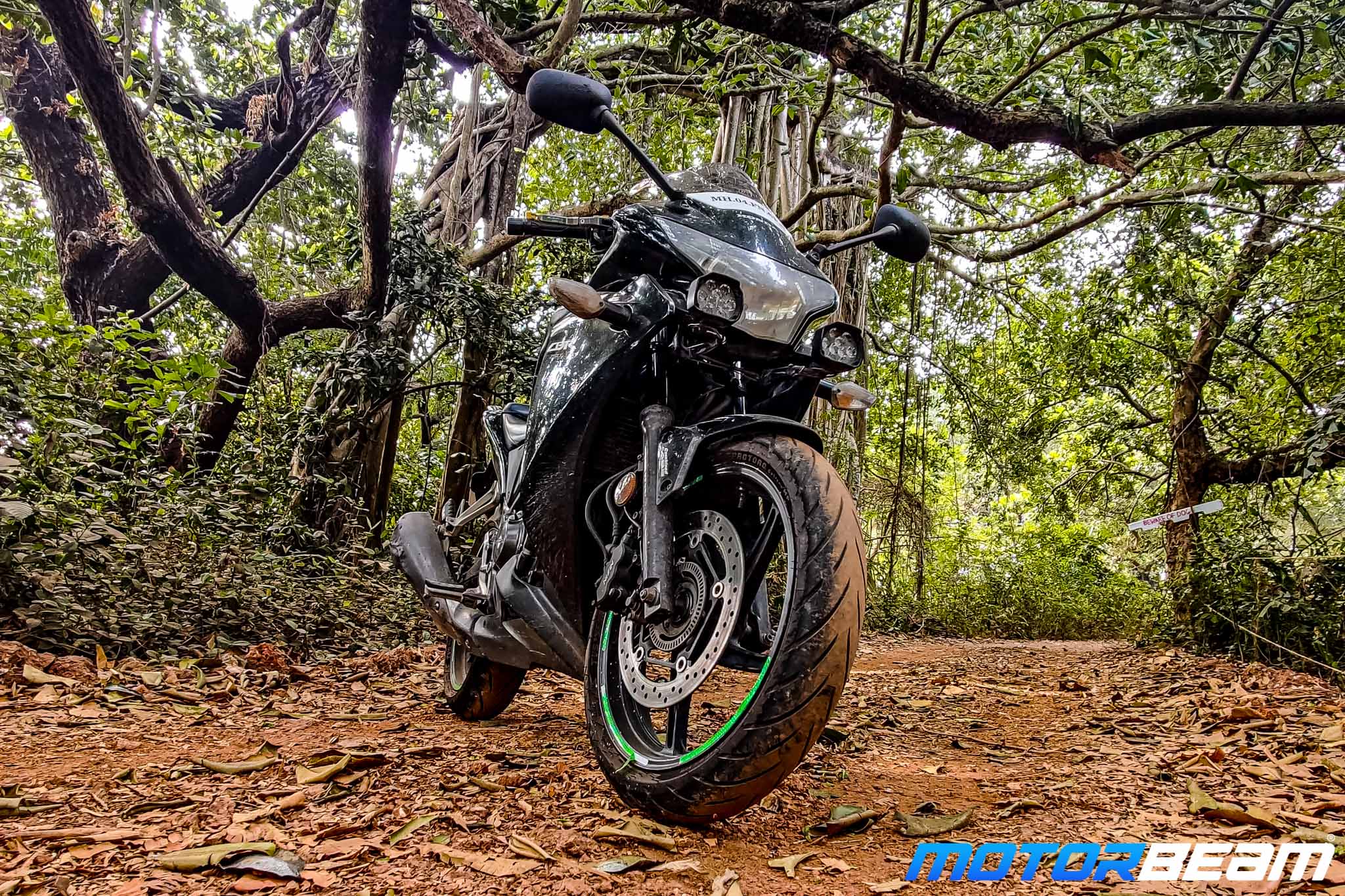
The trend of having more fuel left in my tank continued until we reached Goa and the first thing I got to check was the actual mileage I did attain. I was astounded by the number my CBR returned. Mumbai to Goa, even via a different route I got an exact of 35.4 km/l, damn! For the whole trip, the tyre did not disappoint at all. We went exploring south Goa as much as possible and there were times when we had to go offroad for a bit. It was never a problem as the tyre would slip a little but never felt out of traction. The roads in the internal parts of Goa are very different from the highways as well as the ones in Maharashtra. They are thin and have immediate turns but the tarmac is clean and the tyres were always grippy.
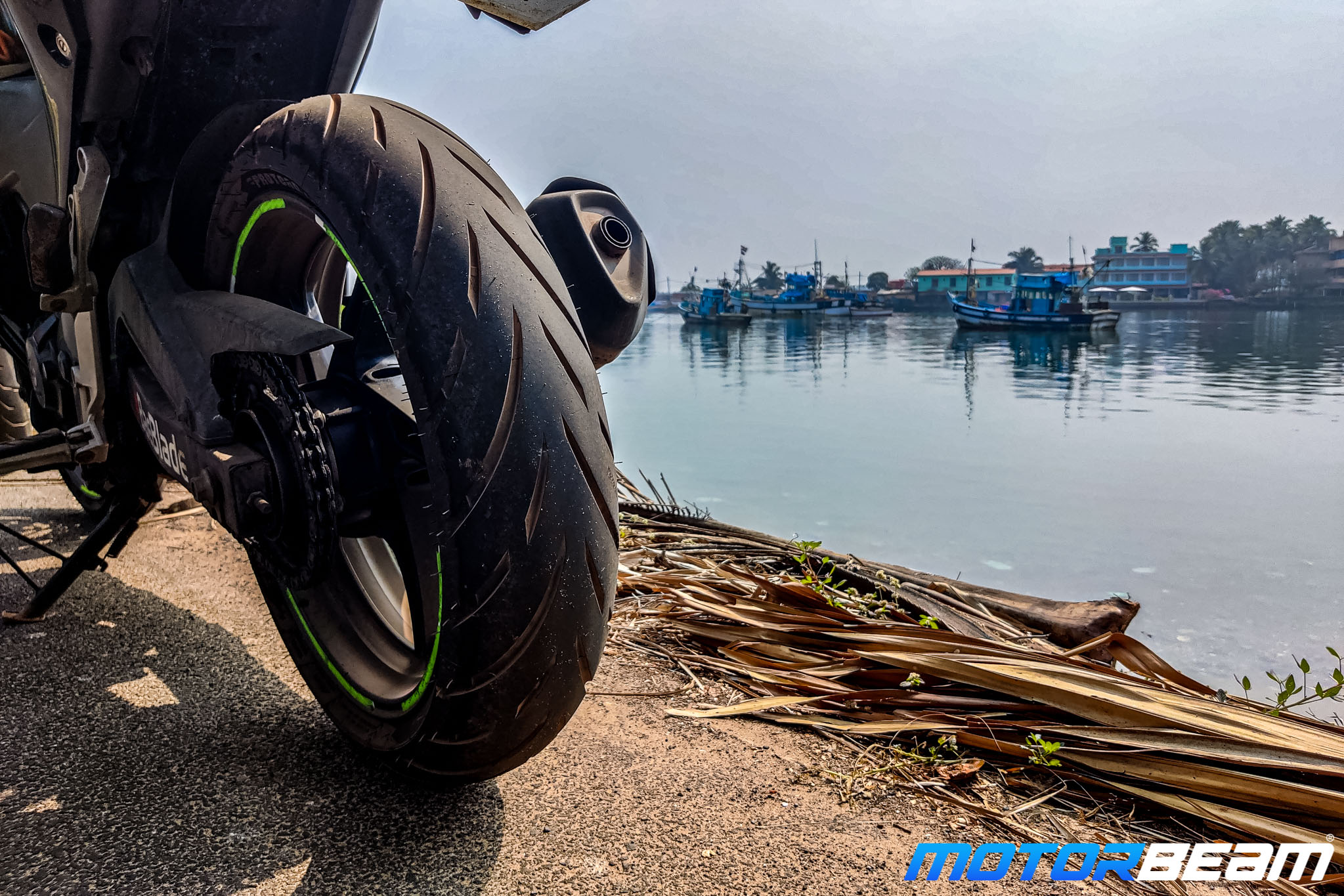
Honestly, even though it is my own bike, I ride over bad roads a bit ruthlessly. And from the last 2 sets of tyres, there have been times when I have hit a bad crater and almost got the alignment off or maybe a small dent on the rim wall. Especially for the front wheel, since it takes most of the impact. As you could see I had to change my alloys since the last one had a crack in the front but still, the riding style remains the same. This time around in the internal road, I did hit a few bad craters which made me wonder that I would definitely need new alloys but surprisingly the tyres took the hit and didn’t transfer much to the alloys, they were intact. And there was no upset in the fitment of the rubber even.
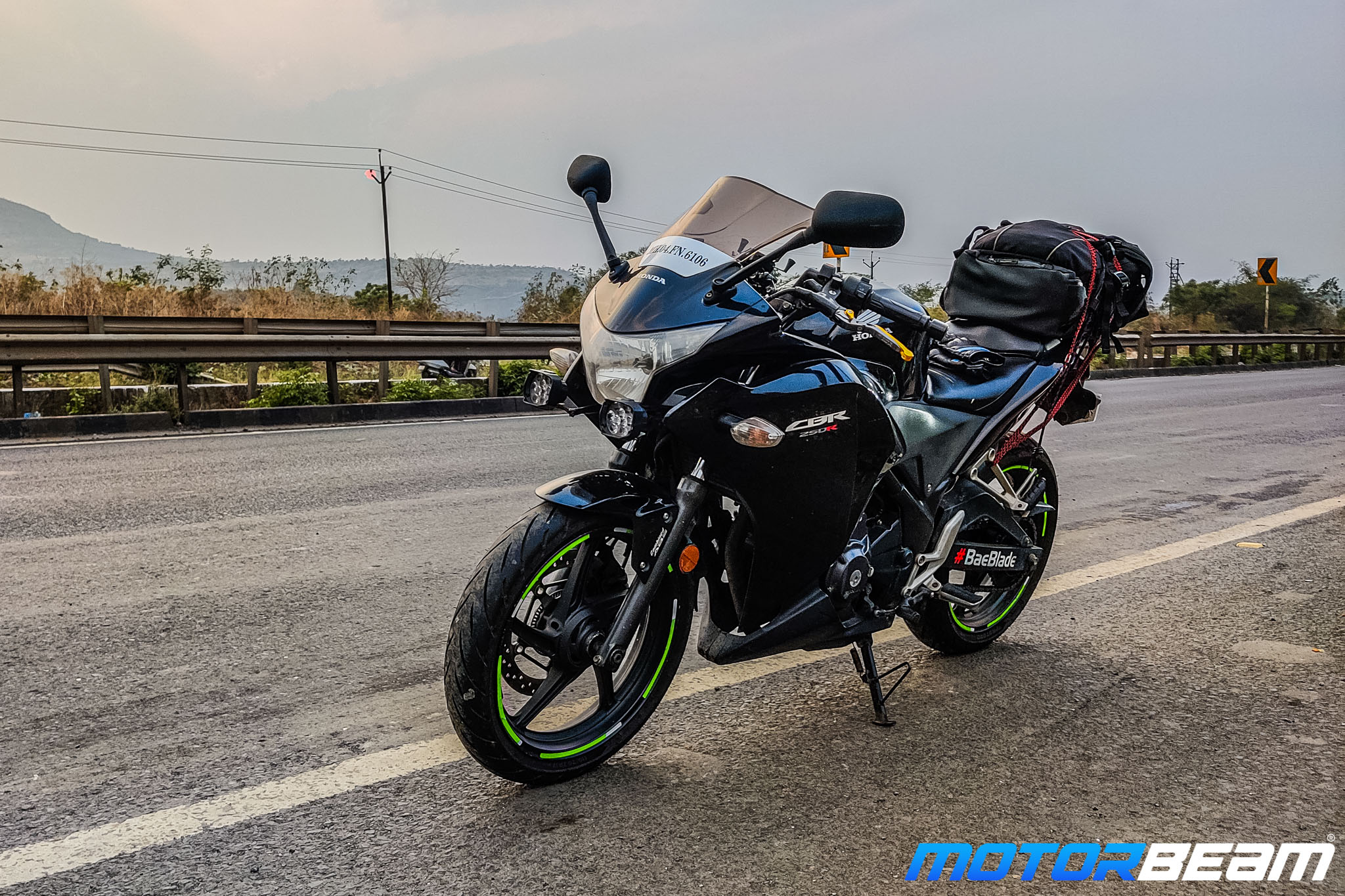
We couldn’t test the tyres to the extreme as we didn’t have proper rains but during the trip for a stretch of almost 90 kms, we got light drizzle which got the road wet. First rains or surprise rains are scary as there is a sudden change and things get very slippery. All I could say that there were very few scary moments as the grip levels had come down but only by a tiny margin. There was however a lot of splatters all over the bike and onto the fairing. While I have a shortened rear mudguard, the muck flew all over my tail bag and over anyone following me. I can’t really say how this tyre would grip in wet riding conditions but it provided enough confidence that it would hold up to its name.
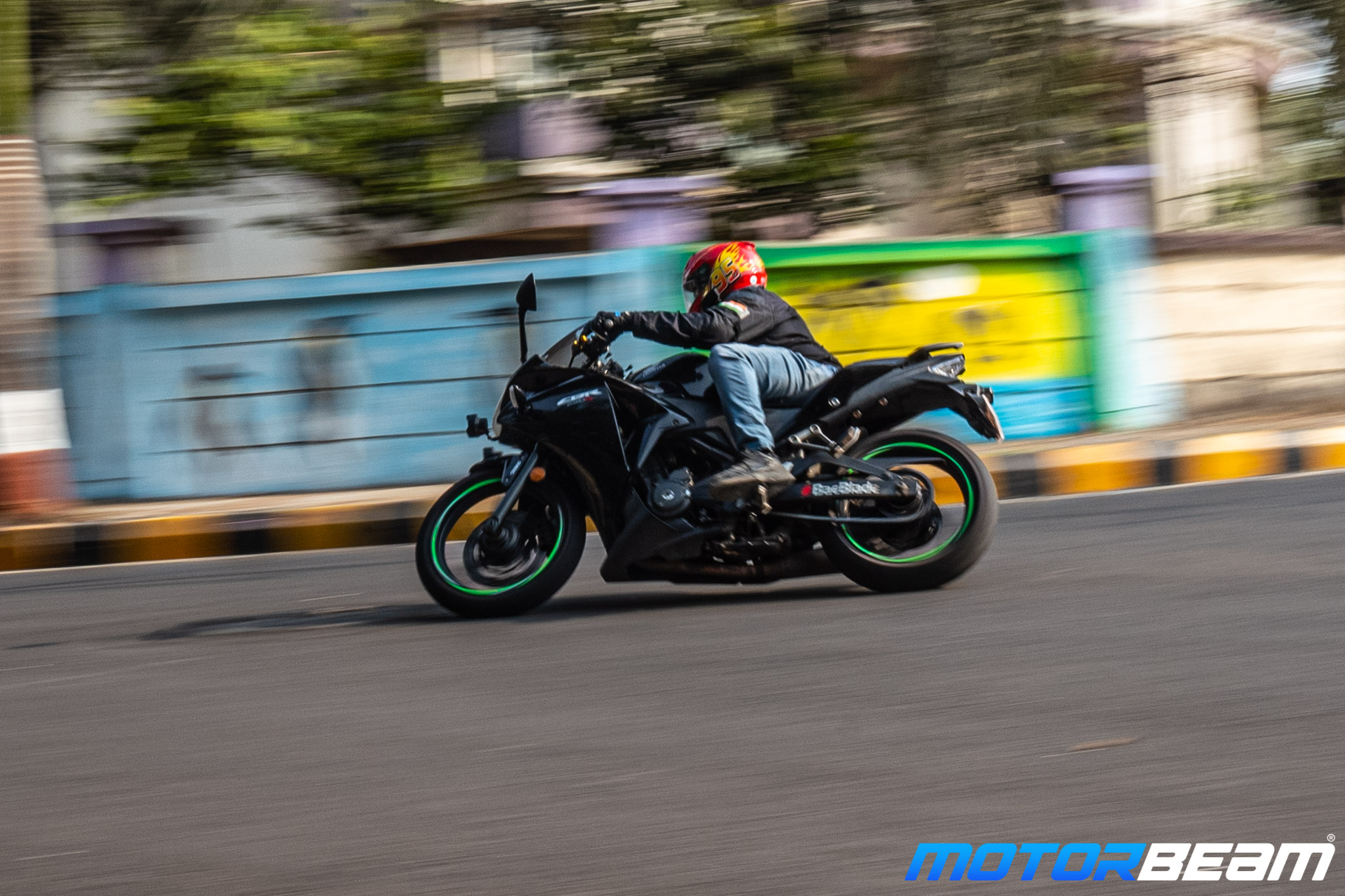
The TVS Eurpgrip Protorq Extreme tyres are “W” rated which means the speed rating is up to 270 km/hr!
Braking feedback had improved too as the tyres would grip well and there was no oopsie moment unless I braked very late. However, the only thing left to test was the cornering clearance and grip that these tyres would offer. I was betting a lot on them since I had seen these tyres perform really well on the track and I expected the same on road. I did leave a little clearance and didn’t push it to the limit but on the way to Goa we had to go through the newly made Anmod Ghat and I actually gained a lead of almost 15-mins by the end of it. The bike was tipping into turns within a flick and it was holding the line really well. For almost the first half of the corners, one of my friends tried to keep up but was left behind as these tyres were gripping and providing so much more confidence as if I was riding on the track.
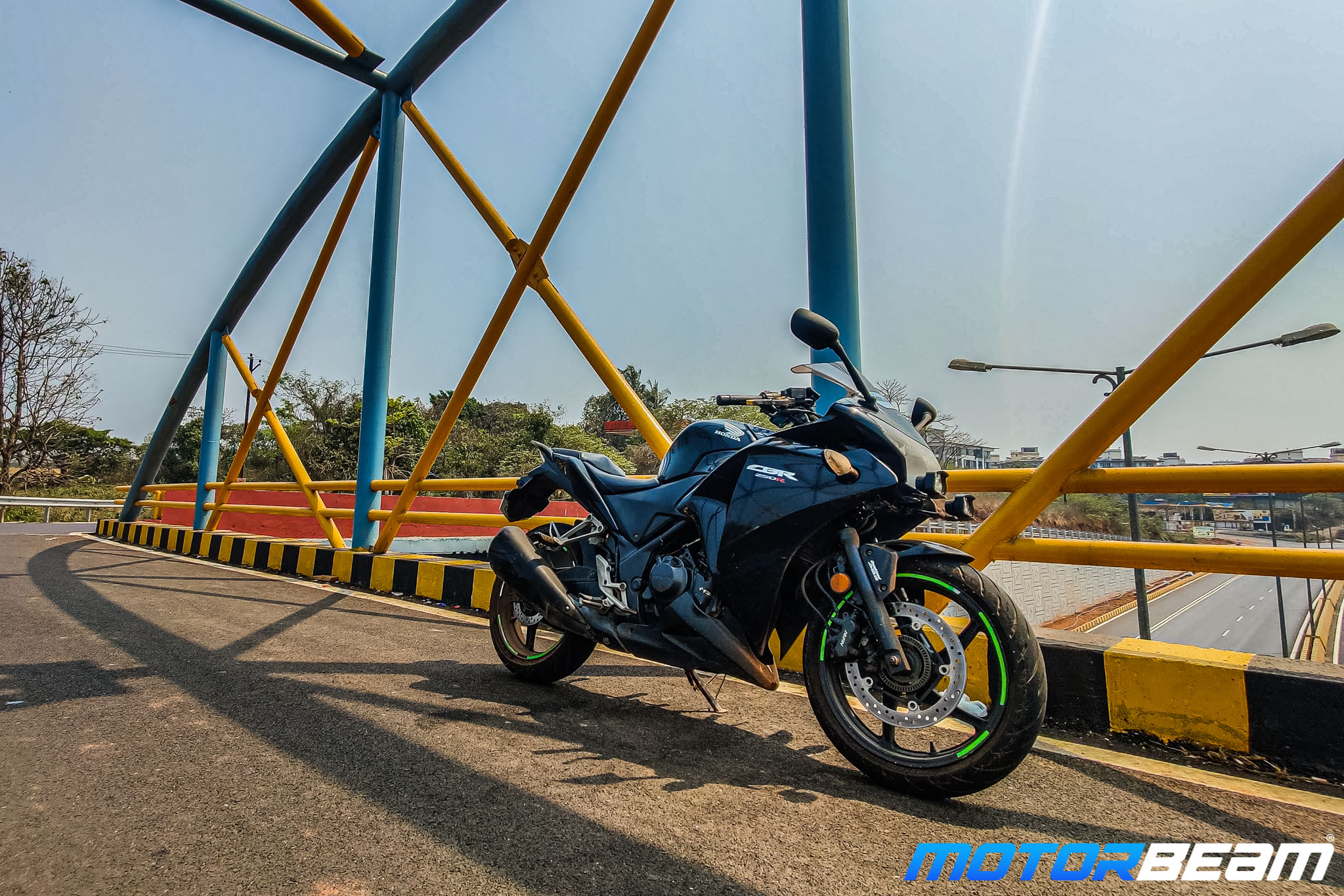
After the whole journey, I got a brilliant number of 33.8 km/l which says the mileage did improve. And since then I have been recommending these tyres to a lot of friends and followers. However, the only gripe I have, is that anyone going out to look for these tyres isn’t able to find them easily. TVS Eurpgrip hasn’t marketed these tyres like other tyre manufacturers do or provided these tyres as OEM fitments with bikes like the TVS Apache RR 310. Because these tyres do compete with the Metzelers, Michellins and Apollos for performance-oriented sub-400cc bikes and they do justify the name – Protorq Extreme. As a final comparison, the Protorq Extreme’s definitely do a bit better job than the Apollo Alphas but aren’t as sticky as the higher-rated Metzeler M5s.
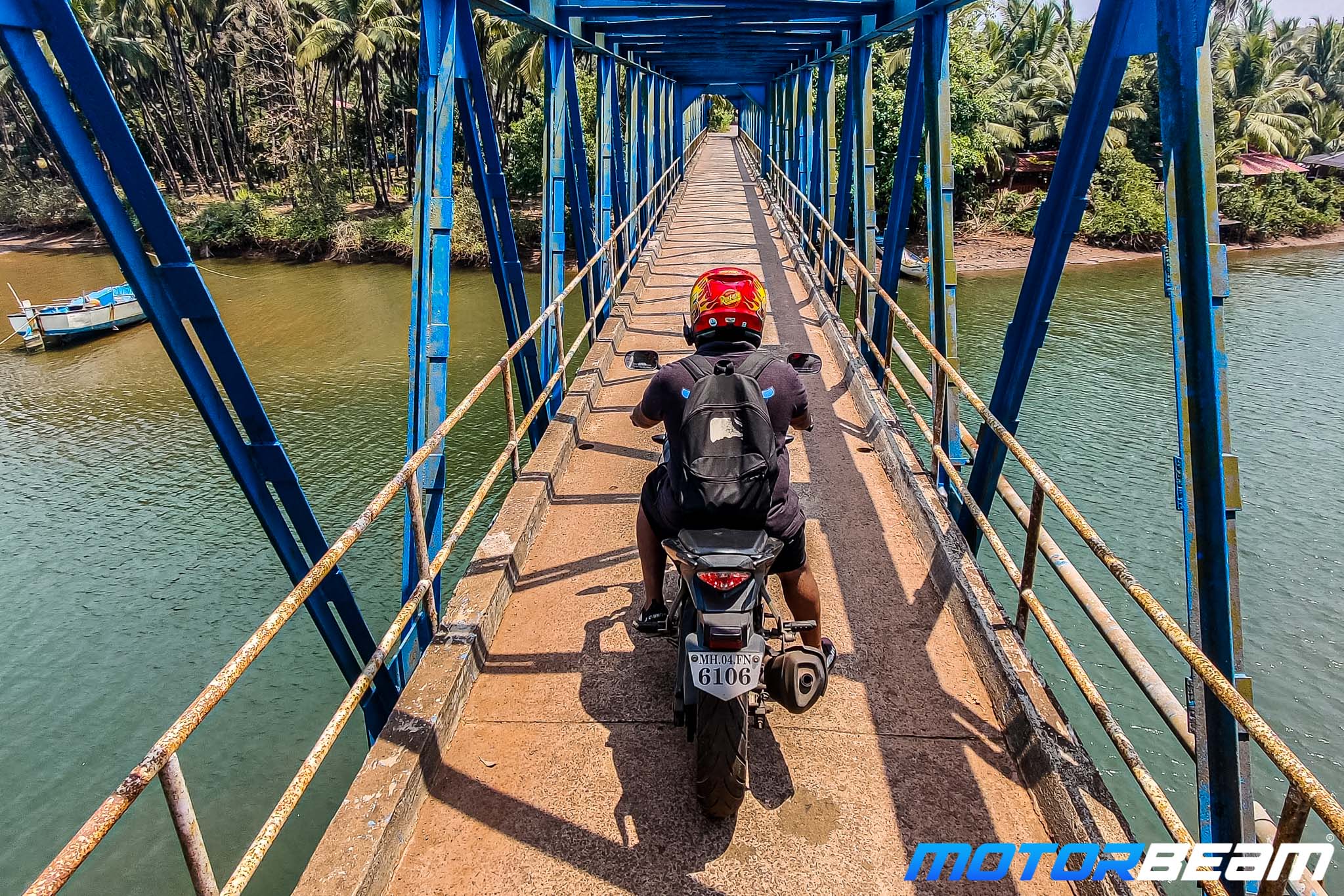
Further Reading –
TVS Tyres Factory Visit – 2015
TVS Srichakra Tyres Test Experience – 2017
